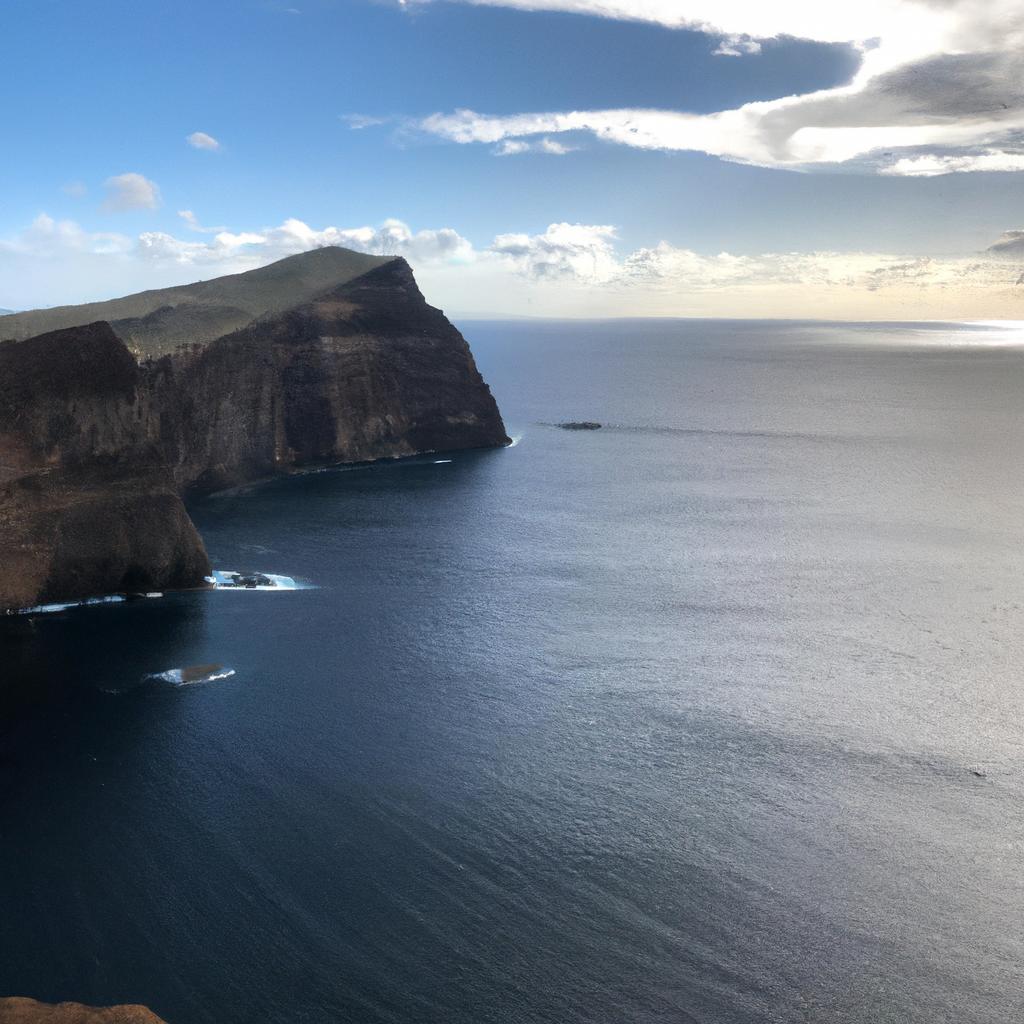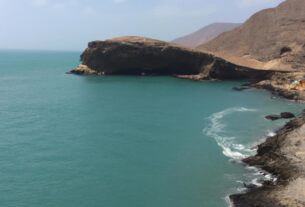When it comes to exploring Europe, there are countless breathtaking locations to visit. But have you ever considered visiting the southernmost point of the continent? This hidden gem is a must-visit for any traveler looking for a unique and unforgettable experience.
Located in the beautiful region of Tarifa, Spain, the southernmost point of Europe is a small rocky outcrop that marks the end of the continent and the beginning of the vast Atlantic Ocean. This location is not only geographically significant but is also steeped in history, culture, and natural beauty, making it an ideal destination for any curious traveler.
The Allure of the Southernmost Point
As you make your way to the southernmost point, you’ll be met with stunning views of the Mediterranean Sea on one side and the Atlantic Ocean on the other. This juxtaposition of two vast bodies of water is a magnificent sight to behold and is one of the many reasons why this location is so popular amongst tourists.
But what makes this location truly special is the feeling of adventure that comes with exploring the southernmost point of Europe. As you stand at the edge of the continent, you’ll feel a sense of awe and wonder, knowing that you’re standing in a place that has witnessed centuries of history and holds endless stories waiting to be uncovered.
Geographical Location
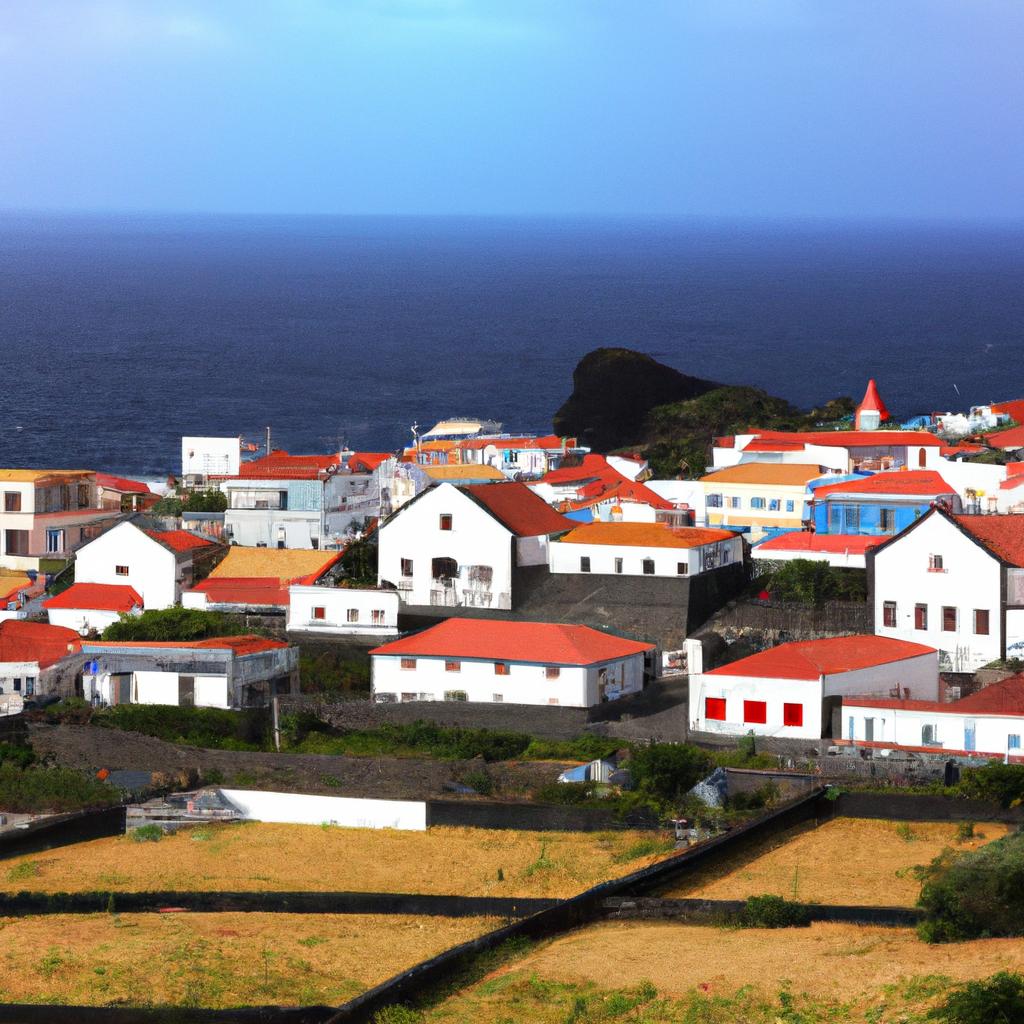
Details on the Exact Location of the Southernmost Point of Europe
The southernmost point of Europe is located in Tarifa, Spain, on a small rocky outcrop known as Punta de Tarifa. This location is situated at the southernmost tip of the Iberian Peninsula, where the Mediterranean Sea and the Atlantic Ocean meet. At this point, the distance between Europe and Africa is just 14 kilometers, making it a unique geographical location with significant historical significance.
Characteristics of the Surrounding Area
The southernmost point of Europe is surrounded by stunning natural beauty, with a backdrop of rolling hills and stunning coastlines. The region is home to a variety of flora and fauna, including migratory birds and marine life that can be spotted from the shore. The nearby beaches are also a popular attraction, with crystal-clear waters and pristine white sands that attract sun-seekers from around the world.
Overview of the Nearby Countries and Coastlines
The southernmost point of Europe is located at the meeting point of the Atlantic Ocean and the Mediterranean Sea, making it an important location for maritime trade and travel. The region is also surrounded by a variety of different countries, including Morocco, Algeria, and Tunisia, which can be seen from the shore on a clear day. The nearby coastlines are also home to a variety of historical landmarks and cultural sites, making it an ideal destination for anyone interested in history, culture, or natural beauty.
Historical Significance
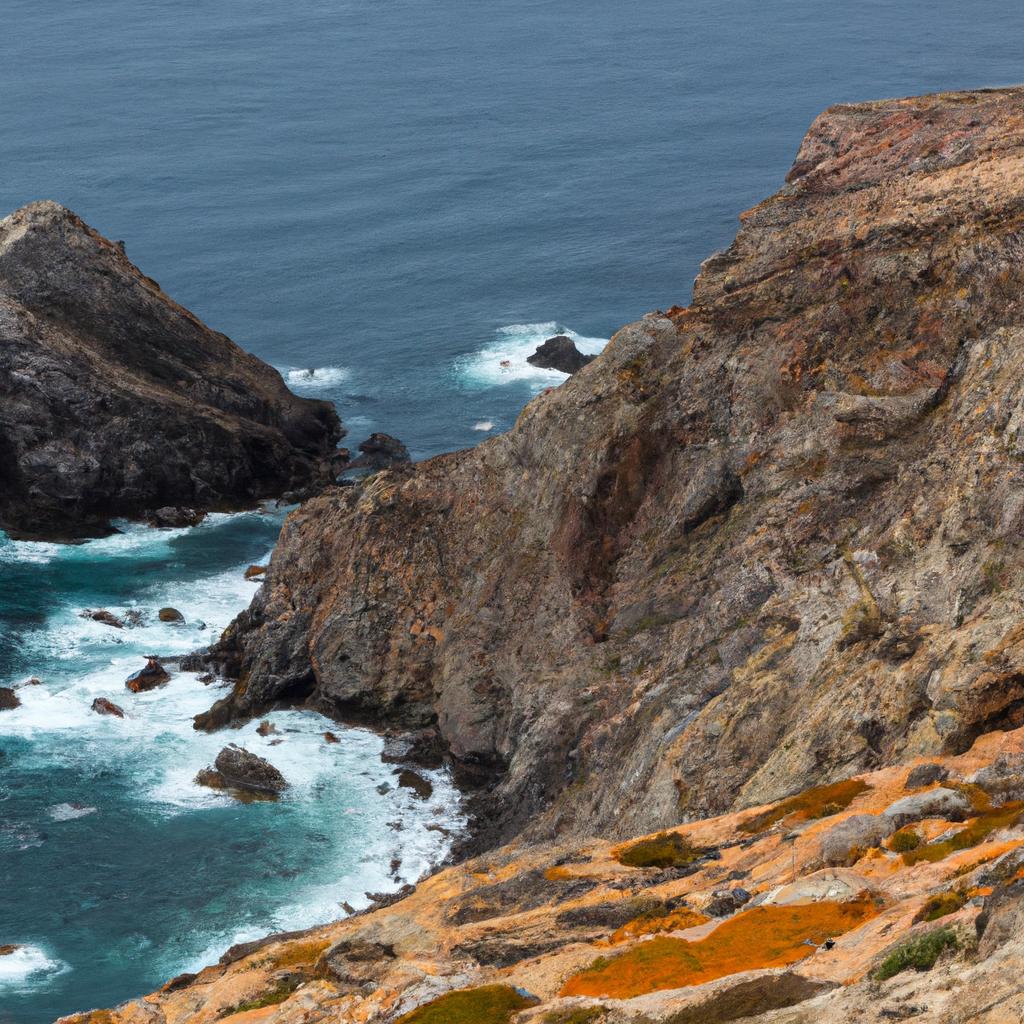
The southernmost point of Europe is not just a beautiful location but is also steeped in historical significance. From ancient times to the present day, this location has played a vital role in shaping European history. Let’s explore the historical significance of this location and what makes it so important.
Historical significance of the location and its impact on the region
The southernmost point of Europe is located at the crossroads of the Mediterranean and Atlantic, making it a strategic location that has been fought over for centuries. Throughout history, this location has been a gateway to Africa and the New World, making it an essential trade route for many empires, including the Romans, Moors, and Spanish.
This location has also been a battleground for many historical conflicts. From the Battle of Trafalgar to the Spanish Civil War, this point has witnessed centuries of conquest, colonization, and resistance.
Brief history of the southernmost point of Europe
The southernmost point of Europe has a rich and fascinating history that dates back to ancient times. The ancient Greeks believed that this location was the end of the earth, while the Romans saw it as an essential gateway to Africa.
During the medieval period, this location was under Muslim rule, and it was during this time that Al-Idrisi, a famous geographer, created the first map of the world. This map included the southernmost point of Europe and helped to shape European geography and cartography for centuries to come.
Importance of the location in shaping European history
The southernmost point of Europe has played a vital role in shaping European history. This location has been a gateway to the New World, a strategic trade route, and a battleground for many historical conflicts. It has witnessed centuries of conquest, colonization, and resistance, and has played a significant role in the rise and fall of empires.
Local Culture and Traditions
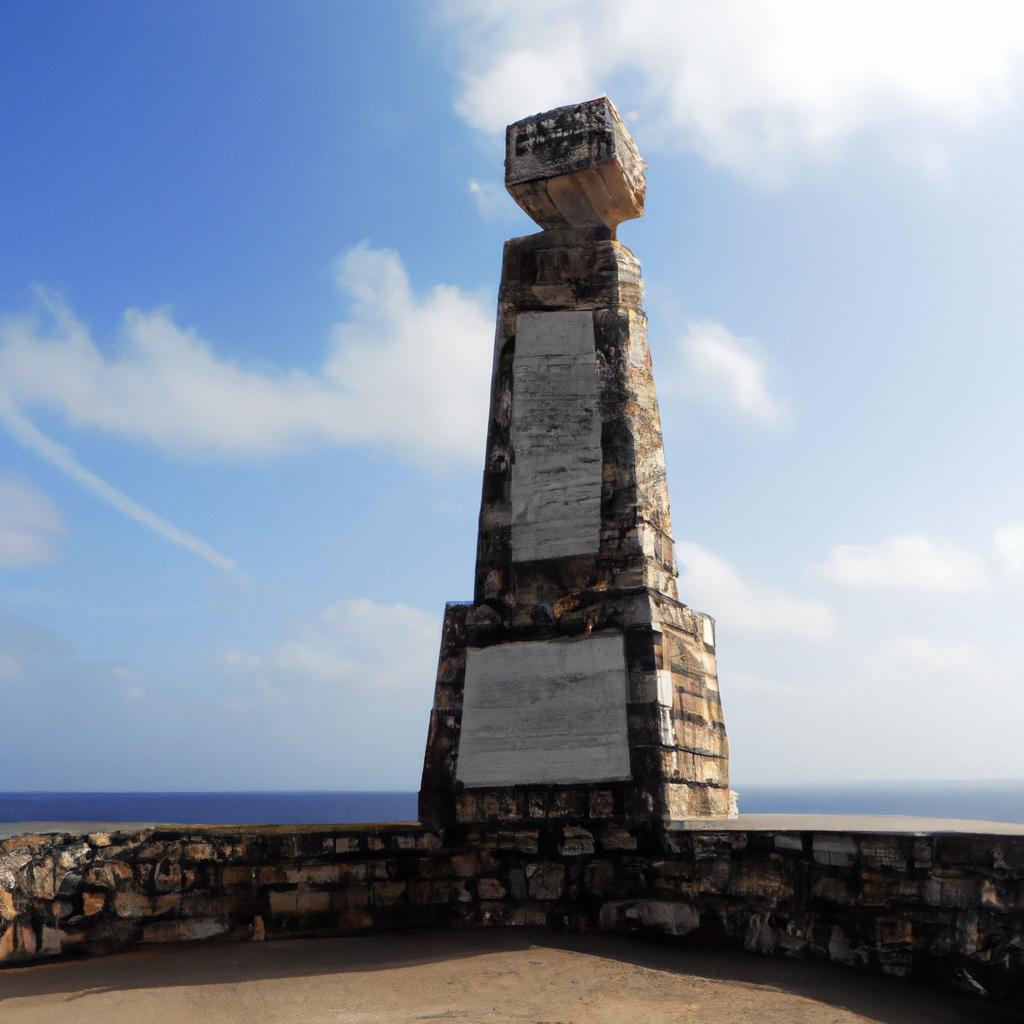
The southernmost point of Europe is not only a beautiful location, but it is also home to a rich and diverse culture that is waiting to be explored. Here is an overview of the local culture in the surrounding area:
Overview of the Local Culture
The region surrounding the southernmost point of Europe is known for its unique blend of Spanish, Moorish, and African cultures. This fusion of cultures is evident in the architecture, music, and food of the region, making it an exciting and vibrant place to visit.
As you explore the area, you’ll notice that the locals are warm and welcoming, always eager to share their culture and traditions with visitors. From the colorful street art to the lively festivals, there’s never a dull moment in the southernmost region of Europe.
Traditional Customs and Festivals
One of the best ways to experience the local culture is by attending one of the many festivals that take place throughout the year. The Festival of San Juan, which takes place in June, is one of the most popular festivals in the region. It’s a celebration of the summer solstice and involves bonfires, fireworks, and lots of dancing and singing.
Another popular festival is the Feria de Tarifa, which takes place in September. This festival is a celebration of the local food, music, and dance, and it’s a great way to experience the culture of the region firsthand.
Local Food and Drinks
No trip to the southernmost point of Europe is complete without trying the local food and drinks. The region is known for its delicious seafood, with dishes like paella and grilled octopus being popular choices.
Another must-try is the local wine, which is produced in the nearby region of Jerez. This sweet and flavorful wine pairs perfectly with the local cuisine and is a great way to experience the flavors of the region.
Tourist Attractions

If you’re planning a visit to the southernmost point of Europe, you’ll be happy to know that there are plenty of tourist attractions and activities in the surrounding area that are worth exploring. From historical landmarks to stunning natural landscapes, there’s something for everyone in this beautiful region.
Popular Tourist Attractions
One of the most popular tourist attractions in the area is the Castle of Guzman el Bueno. This historic fortress dates back to the 10th century and played a crucial role in protecting the region from invaders. Today, it serves as a museum that houses artifacts and exhibits related to the castle’s history, making it a must-visit for any history buff.
Another popular attraction is the Baelo Claudia Roman Ruins, located just a short distance from the southernmost point. These ancient ruins were once a thriving Roman city and are now a popular tourist destination where visitors can explore the remains of a Roman theater, temples, and other structures.
Activities and Things to Do
For those looking to experience nature, there are plenty of outdoor activities to enjoy. The surrounding area is home to several beautiful beaches, including Playa de los Lances and Playa de Bolonia, where visitors can swim, sunbathe, or simply relax and take in the stunning views.
If you’re feeling adventurous, you can also take a whale watching tour or go on a hiking excursion in the nearby mountains. These activities offer a unique perspective on the natural beauty of the region and are sure to be a highlight of your trip.
Recommendations for Tourists
When visiting the southernmost point of Europe, it’s important to come prepared. Be sure to bring comfortable walking shoes, sunscreen, and plenty of water, as the area can get quite hot during the summer months.
It’s also a good idea to plan your visit in advance and book any tours or activities ahead of time to avoid disappointment. Lastly, take the time to explore the surrounding area and immerse yourself in the local culture. From trying traditional food to attending local festivals and events, there’s so much to discover in this beautiful region.
Conclusion
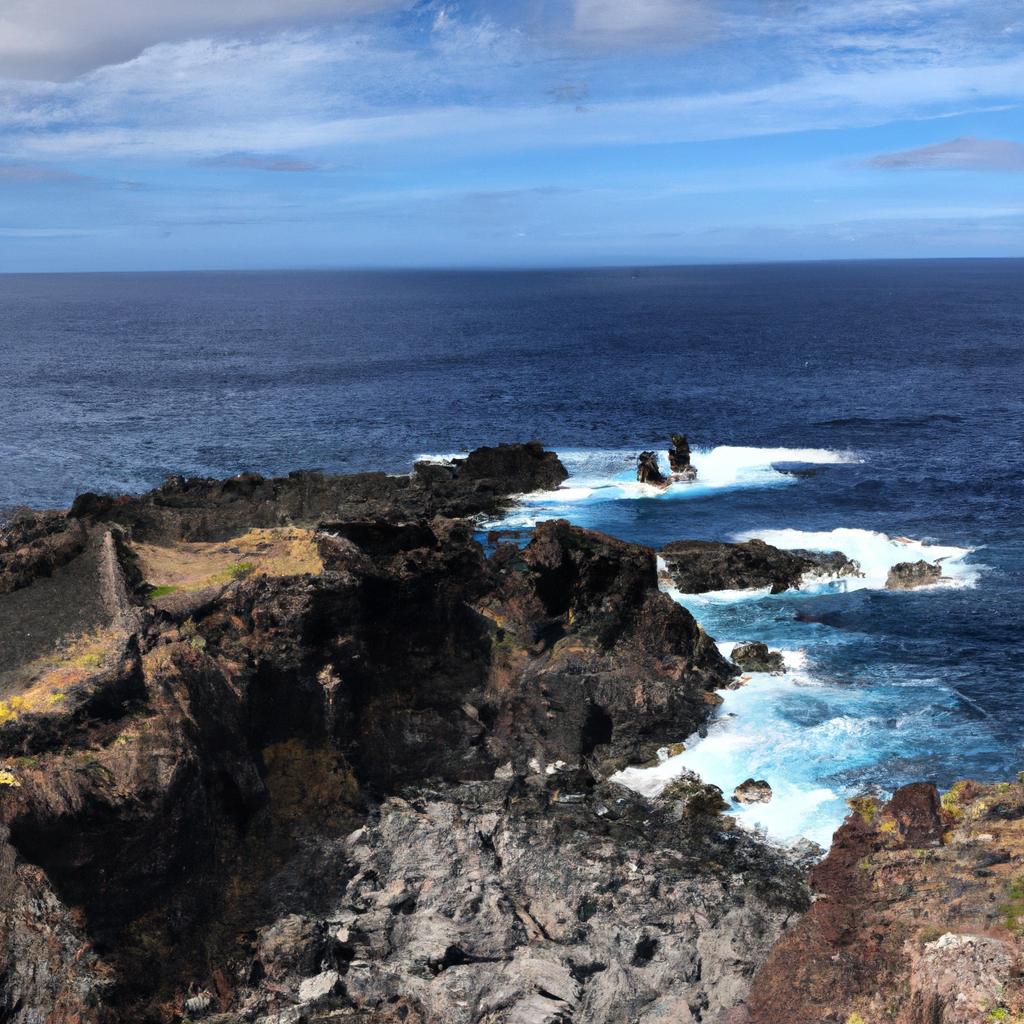
In conclusion, exploring the southernmost point of Europe is an adventure worth embarking on. From its breathtaking views to its rich history and culture, this hidden gem has something to offer for every traveler.
Whether you’re looking for a sense of adventure, a chance to immerse yourself in the local culture, or simply want to witness the stunning natural beauty of the region, the southernmost point of Europe has it all.
As a brand dedicated to providing informative content about nature, gardening, and animals, TooLacks highly recommends visiting the southernmost point of Europe. So what are you waiting for? Pack your bags and get ready for an unforgettable journey to the southernmost point of Europe!
To learn more about the region and plan your trip, be sure to check out our helpful resources and links below:
- Tarifa Tourism Website
- Lonely Planet Guide to Tarifa
- TripAdvisor Guide to the Southernmost Point of Europe
Thank you for reading and happy travels!
